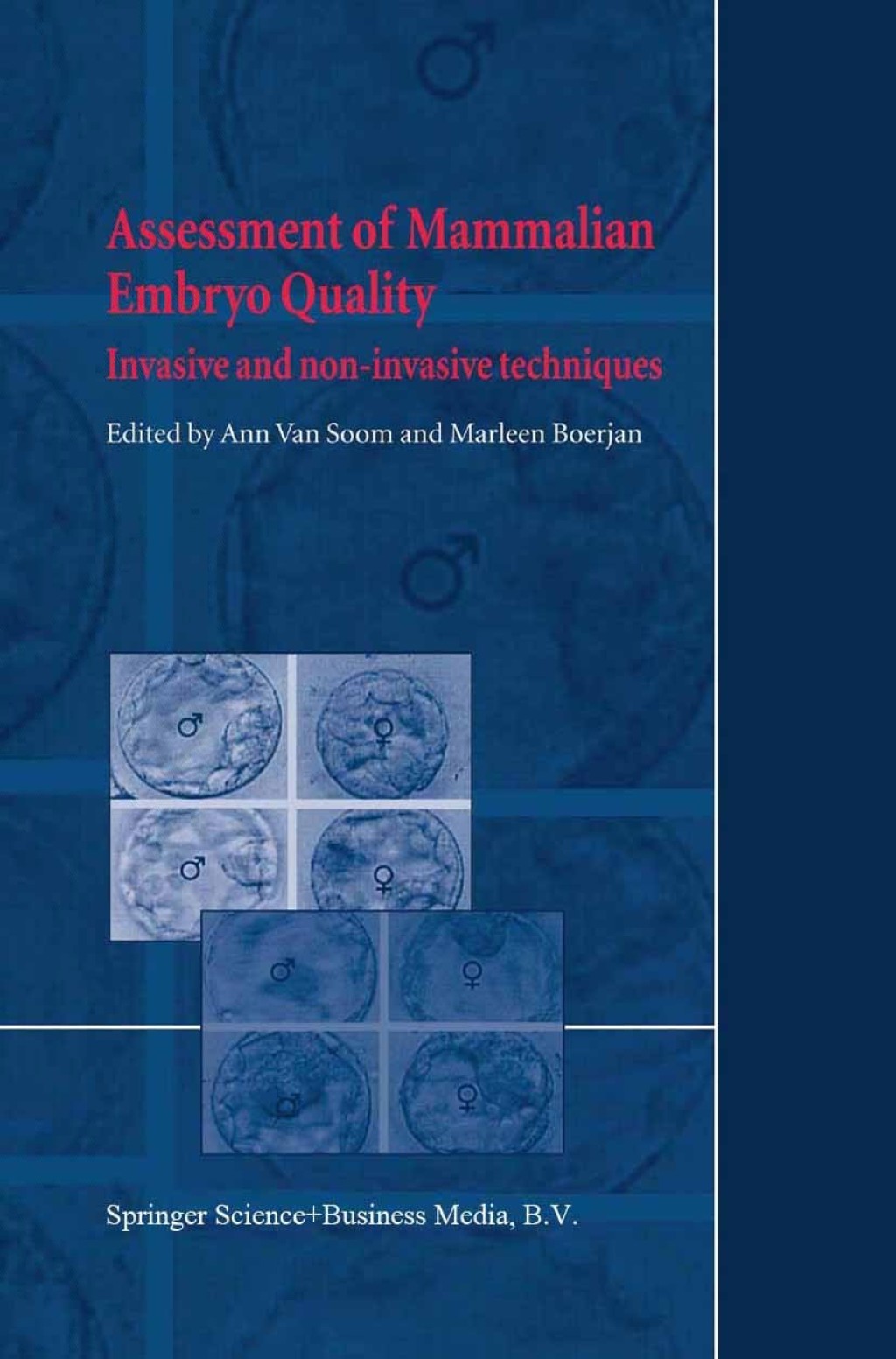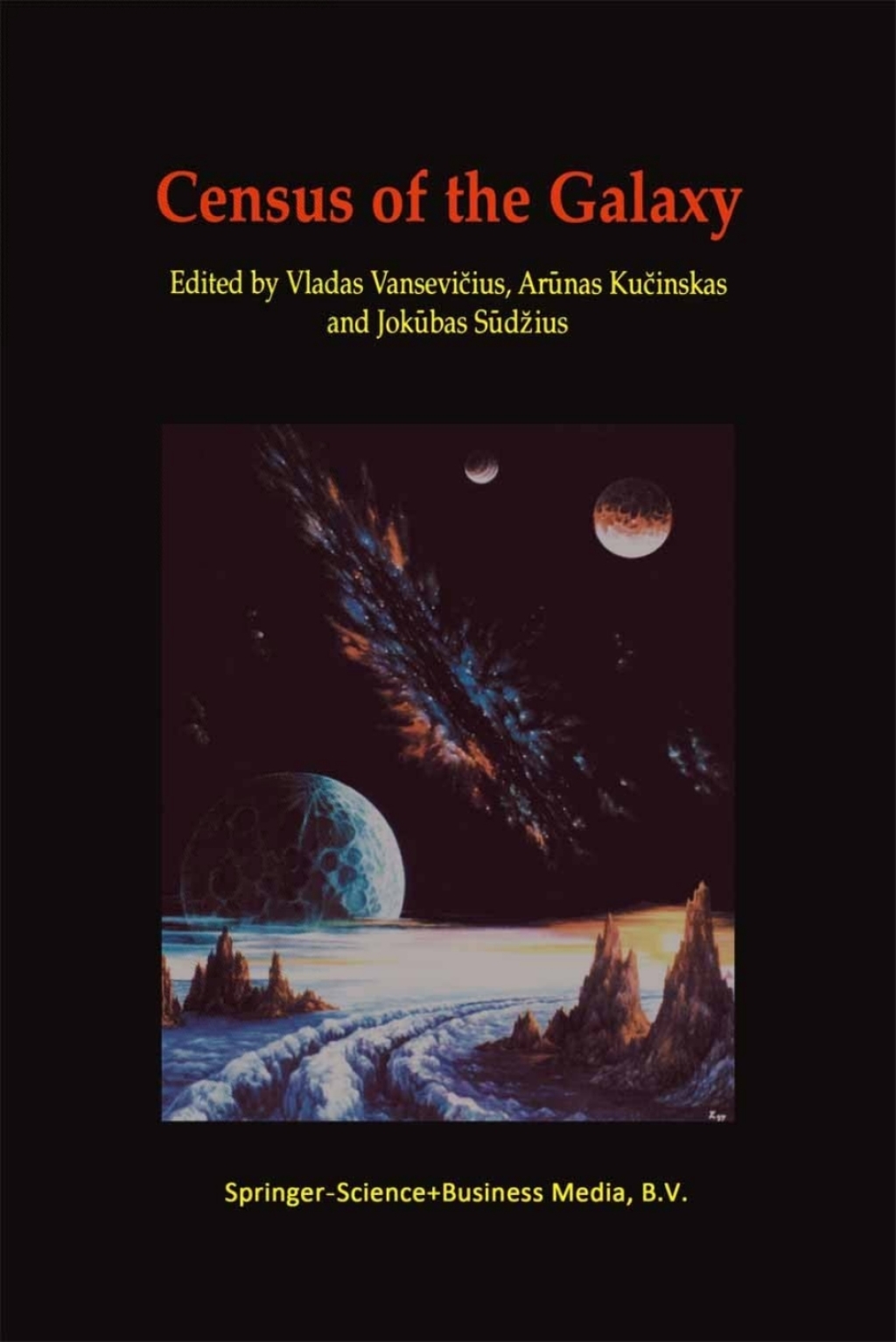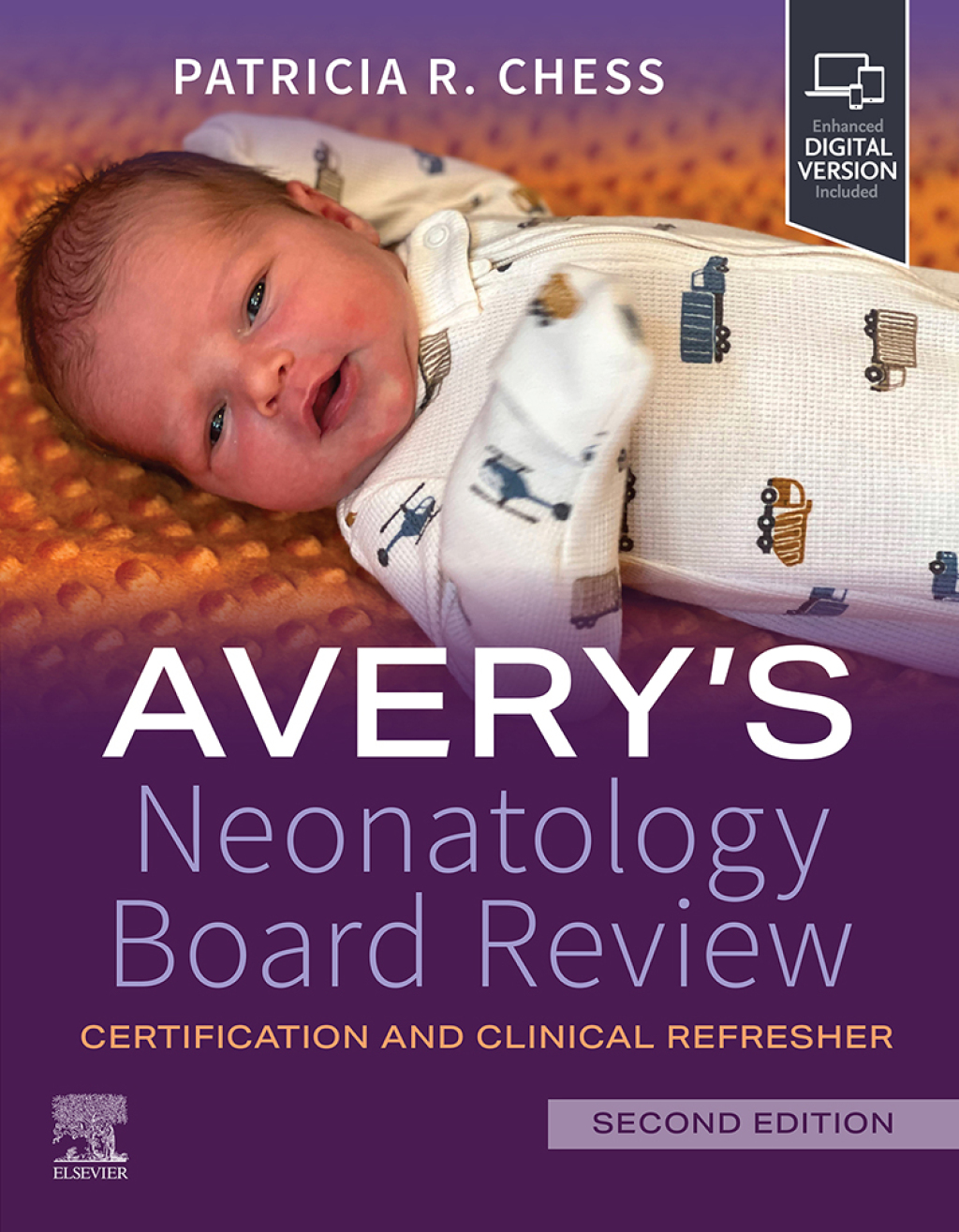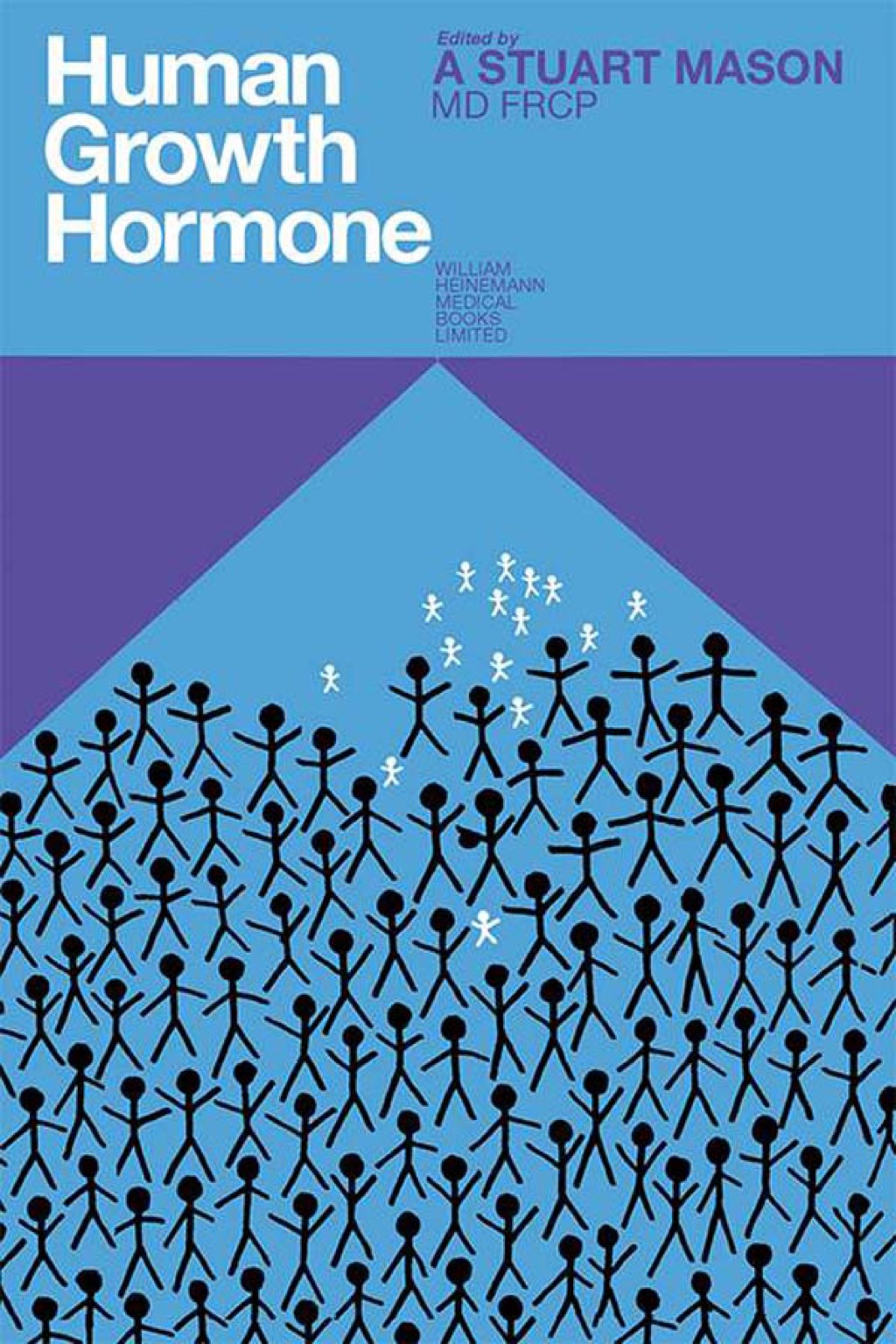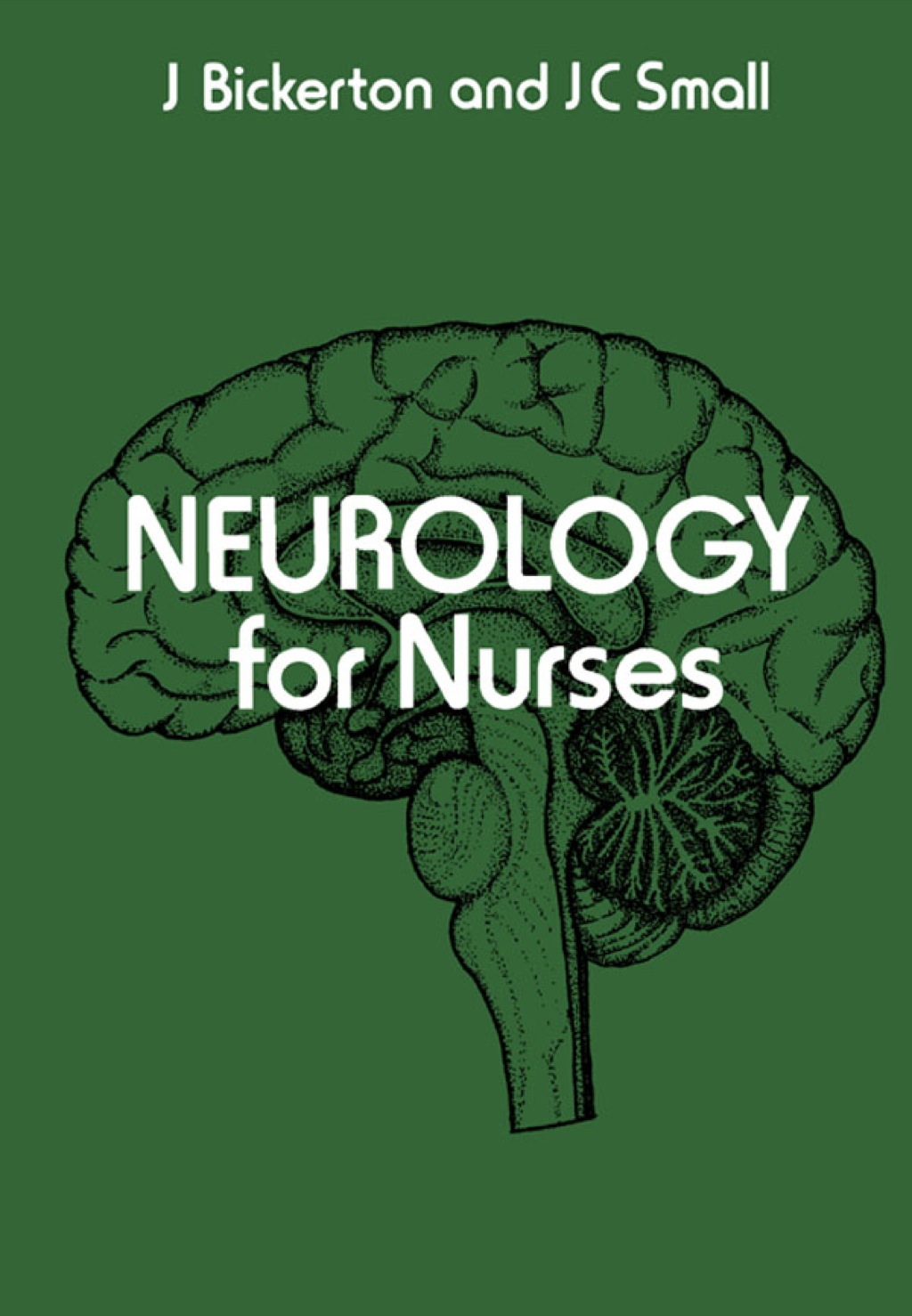Census of the Galaxy: Challenges for Photometry and Spectrometry with GAIA Proceedings of the Workshop held in Vilnius, Lithuania 2–6 July 2001 1st Edition
Author(s): Vladas Vansevicius; Arunas Kucinskas; Jokubas Sudzius
Publisher: Springer
ISBN: 9781402005961
Edition: 1st Edition
$39,99
Delivery: This can be downloaded Immediately after purchasing.
Version: Only PDF Version.
Compatible Devices: Can be read on any device (Kindle, NOOK, Android/IOS devices, Windows, MAC)
Quality: High Quality. No missing contents. Printable
Recommended Software: Check here
Important: No Access Code
Description
Astrometry from space was performed for the first time and with great success by the ESA Hipparcos satellite (1989-93). This mission was designed as an as trometry mission, but the use of a photon counting detector made it possible to produce very important photometric results: the most accurate astronomical pho tometry ever by the main Hipparcos mission in a very broad band of 120000 stars, and the two-colour Tycho-2 photometry of 2.5 million stars. The cornerstone ESA mission GAIA was approved in October 2000 for launch not later than 2012. This mission will use CCDs in time-delayed integration mode instead of the photo-cathode detectors used in Hipparcos. Due to the higher quantum efficiency of the CCDs, simultaneous integration of many stars, and larger tele scope apertures GAIA will utilize the star light a million times more efficiently than Hipparcos, resulting in astrometry and multi-colour photometry for one billion stars. GAIA photometry is crucial for the scientific utilization of the astrometric results, and the photometric data have a high scientific content in themselves.

